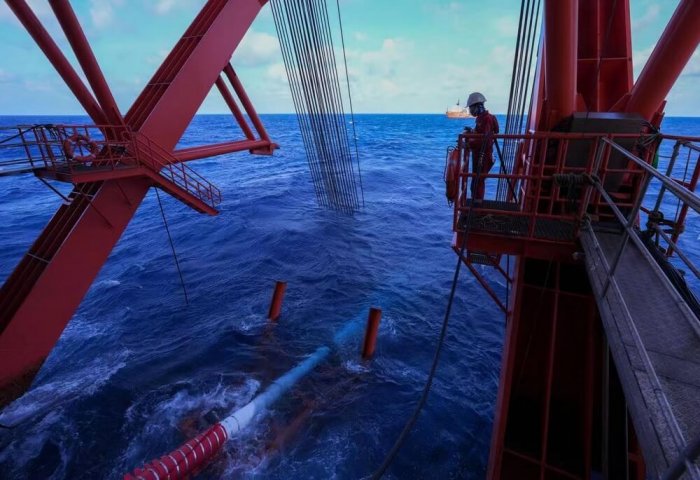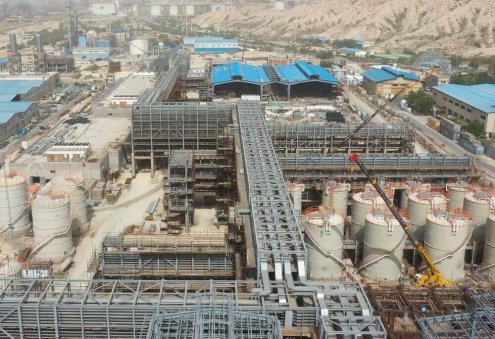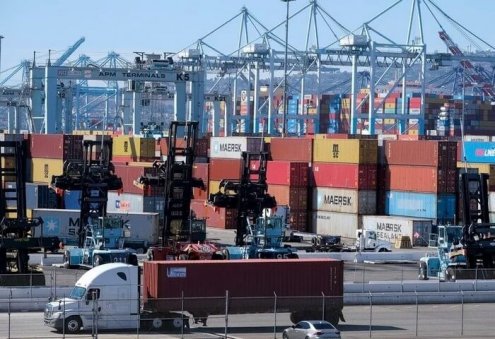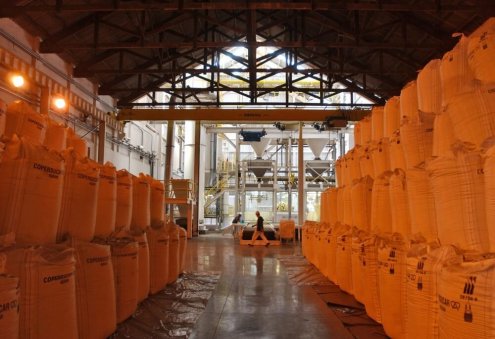China completed laying its longest deepwater pipeline for oil and gas transportation, signifying a major breakthrough in the country's construction capacity for deepwater long-distance submarine pipelines and deepwater equipment technology on Thursday, as reported by the CGTN news agency.
The pipeline is a major component of the phase II project of China's first independently developed ultra-deepwater energy station, Shenhai-1, or Deep Sea-1, which began operations in June 2021.
Located roughly 130 kilometers from Sanya City in south China, the project lies in an area with a maximum operating depth of nearly 1,000 meters. The phase II project is expected to boost the peak annual output of the Shenhai-1 gas field from 3 billion cubic meters to 4.5 billion cubic meters.
In order to effectively and cost-efficiently develop the phase II project, the China National Offshore Oil Corporation (CNOOC) has adopted an innovative development model. This model includes a subsea production system, a shallow water jacket processing platform, and a remote-control system for a deepwater semi-submersible platform.
According to the Anadolu news agency, the China-Central Asia pipeline delivered 43.2 billion cubic meters of natural gas to China in 2022. In the same year, imports of energy, agricultural, and mineral products from the region increased by more than 50%, while exports of mechanical and electronic products grew by around 42%.









30635-90x604.jpg)




30625-90x604.jpeg)
_(1)30624-90x604.jpg)


